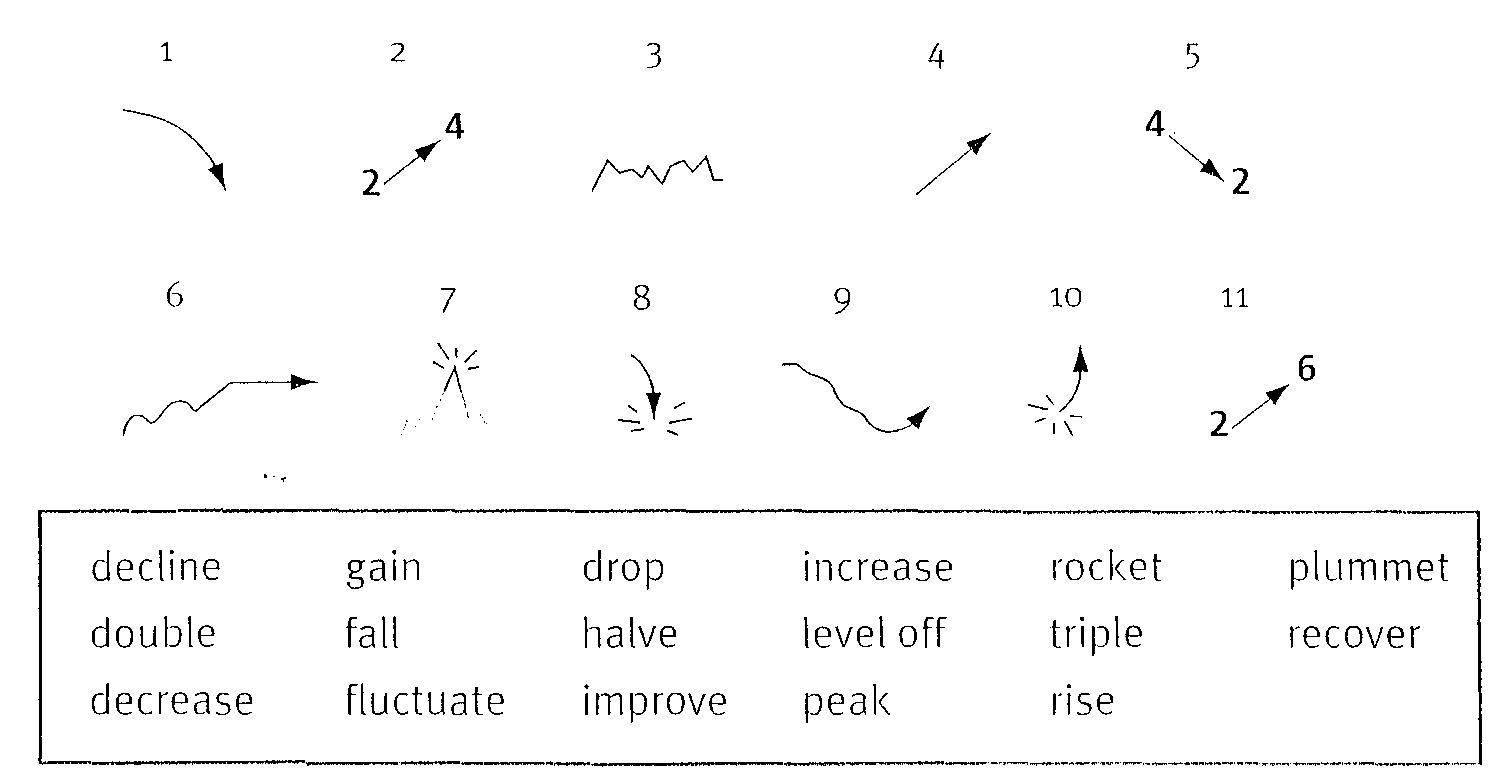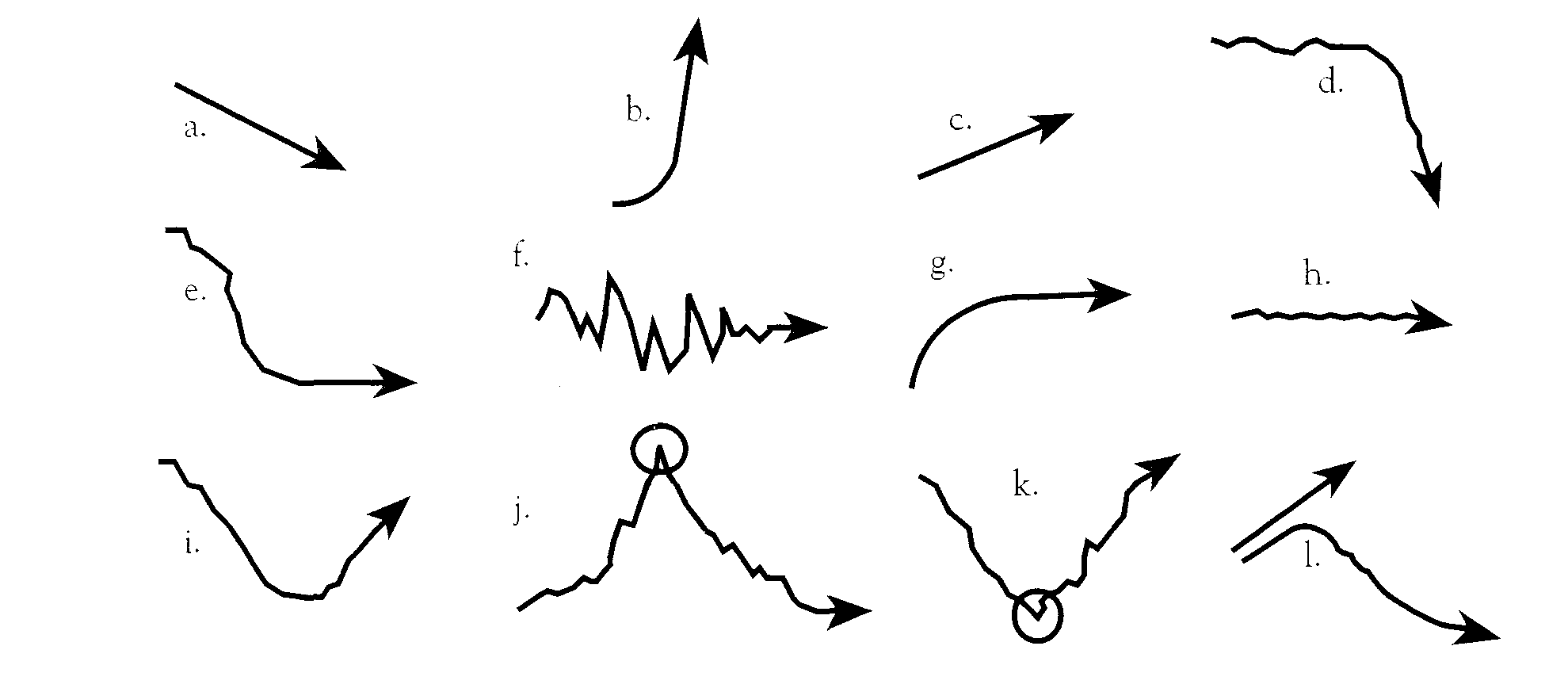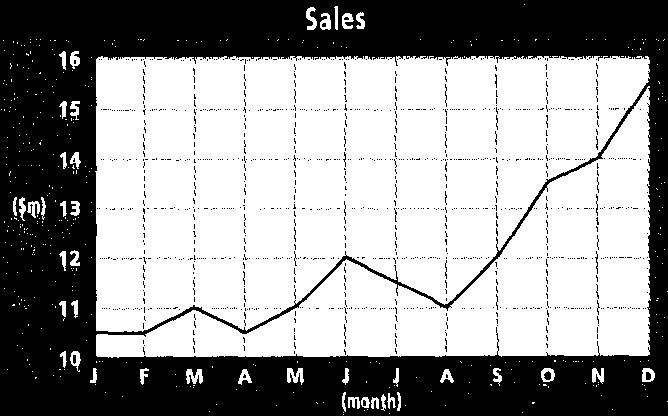Пособие Л. Д. Червяковой «Язык делового общения» стр. 4-10 Чтение и перевод рекламных текстов
| Вид материала | Конспект |
- Г. В. Психология делового общения. Бороздина Г. В. Психология делового общения : Учебное, 2307.7kb.
- Киянова ольга Николаевна Заведующая кафедрой, 27.74kb.
- Правила делового этикета. Этикет деловых отношений. Этика делового общения 10 Азы делового, 313.16kb.
- История: стр. 27 ответы на вопросы (устно). Английский язык: стр. 14, упражнение, 5.26kb.
- Содержание дисциплины, 34.56kb.
- М. В. Пшеничнов психология делового общения методическое пособие, 277.22kb.
- Легенды и мифы делового общения, 396.06kb.
- Примерный учебно-тематический план Раздел и тема Количество часов всего, 49.42kb.
- Адрес: г. Москва, Ул. Академика Скрябина, дом. 25/1,, 32.54kb.
- А. С. Попова элективный курс «культура делового общения» для 9 класса в рамках предпрофильной, 231.97kb.
6.12 Flexible working hours The facts The office opens at the moment from 9 am to 5 pm with a lunch hour from 1 to 2 pm. Three quarters of the staff work a 35 hour week. The rest are part-time. During office hours telephones have to be answered and visitors need to be received. Further factors which need to be considered: Management proposals Only certain days in the week should be designated ‘flexidays’. There should be a period of ‘core time’ which is non-negotiable except for normal exceptions (unavoidable visits to the dentist etc). Staff suggestions Some secretaries would like to leave earlier on days other than Thursdays as the shops do not stay open later and so are fuller. Clerical staff are prepared to work during the present lunch hour. An extension of working hours is acceptable if they are credited later. One department has proposed a ‘pairing’ system, where you always have someone else to cover for you in your absence. Staff requests There are a number of part-time workers, all women, about 25% of the office staff, who would prefer to work the majority of their 171/2 hours in the mornings. Several people have requested time to take their children to preschool and school and also to fetch them in the afternoon. They would prefer to start at 10 on certain days. The canteen must stay open longer at lunch time, if necessary. 6.13 Life in the office Woman: First of all, when do people start work in American offices? Man: Right, well the official work day starts at 9.00 am. This should really mean 9 o’clock — not ten past or half past nine. Woman: Would you say that people work very hard in offices in America? Man: Well I don’t know about employees in your country. But some nations have a philosophy that you work when the ‘boss’ is around. And any time he’s not there, one can relax by reading the newspaper or whatever one likes doing in a personal way. Woman: And things are different in the States, you’re saying? Man: Well, in America one is being paid for your time. So employees are expected to find other work if their own desks are clear, or to help someone else with his or her work. But you never sit idle, or doing nothing. Woman: Yes, as the saying goes: ‘time is money’. Man: Exactly. Your employer ‘owns’ your time while he is paying you for it. That is precisely what ‘time is money’ means. And anyway the boss doesn’t ask more of you than he is doing himself: he will probably work through the lunch hour himself and even take work home at night. Woman: Talking about lunch hours. What about them? Do you have to take them seriously? Man: Oh yes, sure, of course. The employee’s lunch hour should be taken within the period allowed, unless you are officially discussing company business — say on a business lunch. It’s the same too with the end of the day. I mean work until the day officially ends at five o’clock, unless you are in an office where ‘flexitime’ is the accepted practice. Woman: Oh, so you have the flexitime system, do you? I wasn’t sure about that. Man: Oh yes, sure. Flexible working hours, that is starting or ending work earlier or later — I know that that is very common in Europe. But here in the USA it is still relatively new. Certainly there are a million or so Americans on the system today. And the number is growing. Well for the same reasons as in Europe — to keep traffic and commuting problems down. And as more women now work it gives more family time. Woman: Could you say something about contracts of hiring in America, please? Man: Well it’s different in America from, say Asia, perhaps Europe too, I’m not sure. We are more democratic, I think. It means perhaps that we won’t develop such a permanent relationship between employer and employee. I know that in some countries people relax when they have once got a job, because they know they will almost never he fired — unless they do something awful. Woman: You mean that your employer can just fire you in America? Man: No, no, no. There are, of course, legal protections in the USA. So employees cannot be unjustly fired without good reason. Workers must do a good job, produce well, and get along with their colleagues — or they can be ‘let go’, as it is called. Woman: From one day to the next, you mean? Man: Well it’s rarely done without warning, but it is important to remember that in the United States you are a member of a business firm and not a family. It makes a difference. Woman: I wonder, is the physical or external appearance of office life different from European offices? Man: Well, I have heard people comment on the informality found in American offices. And this is certainly a little difficult for people who are more used to a hierarchical system to adjust to, of course. But there are some very formal officers, too, say, in big of course. But there are some very formal offices, too, say, in big banks and major corporations. But in many establishments the atmosphere is loose and easy with a lot of joking, and teasing, and wandering in and out of offices among all levels of employees. Woman: Well, that’s about it, I think, oh, except to briefly mention all those coffee breaks I’ve heard about in the United States. Man: That’s right. Nearly all large offices have coffee wagons that circulate for mid-morning and mid-afternoon. But you should remember that although 15 minutes are allotted twice a day for relaxation and chatter, many employees take coffee to their desks and keep on working. In small offices the coffeepot is often ‘on’ all day and employees take coffee whenever they like or they can make tea for themselves. It all depends, I suppose.... Занятие 24 English Discoveries. The Executive. Work Environment 2 Занятие 25 Маркетинг. Составные компоненты концепции маркетинга. UNIT 7. MARKETING AND SALES 7.1 What is marketing? Fill in the gaps in these sentences using the words from the list. creative process, design, distribution, end-users, first, hire purchase, image, labels, mail order, need, opportunities, outlets, patterns, place, posters, price, product, production-orientated, profitably, promotion, range, rival, satisfy, strengths, threats, weaknesses 1 What is marketing? Marketing is the......... of satisfying customers needs......... 2. What is the marketing mix? It consists of the four P’s’: providing the customer with the right P.............. at the right P................, presented in the attractive way (P...............) and available in the easiest way (P...............). 3. What is a product? A product is not just an assembled set of components: it is something customers buy to ............ a ............ they feel they have. The .......... and the .......... of the product are as important as its specification. 4. What is price? The product must be priced so that it competes effectively with........... products in the same market. 5 What is promotion? The product is presented to customers through advertising (TV commercials, .............. etc), packaging (design ............... ,etc), publicity, P.R. and personal selling. 6. What is place? Your product must be available to customers through the most cost-effective channels of............ A consumer product must be offered to...........in suitable retail ..............., or available on ................. or by .................. . 7. What is meant by S.W.O.T.? A firm should he aware of its S............ and W............ and the O............. and T.............. it faces in the market place. 8. Why are firms becoming more customer-orientated and less.............? Because new products must be created to meet the changing .............. of customers needs – a firm can’t rely on the success of its existing ............. of products. The customer and his or her needs must come...............! 7.2 Promotion There are many ways of attracting customers to your product and of keeping your name in the public eye. Fill the gaps with suitable words from the list. brochures, catalogues, contribute, direct mail, display, effective, extent, hands-on, image, impact, key account, leaflets, packaging, point of sale, press conference, press releases, public relations, publicity, recommend, representatives, reputation, showrooms, specific, stand, toll-free, trade fairs and exhibitions, trademark, word of mouth.
7.7 Marketing concept and marketing mix
Занятие 26 English Discoveries. Market 01. Practice Test, Vocabu-lary Занятие 27 Чтение графов. Типы графов. Идиомы для описания роста, падения, застоя производства. 7.3 Reading graphs. Trend 1. What kind of movement do the verbs below describe? Match them to the symbols.  decline gain drop increase rocket rise plummet double fall halve level off triple peak recover decrease fluctuate improve 7.4 Reading graphs. Trend 2. Which graph illustrates the movement described in these sentences? 1. The market is showing some signs of growth. 2. The market is extremely volatile. 3. The pound slipped back against the dollar. 4. The Swiss franc is staging a recovery. 5. The lira lost ground slightly. 6. There’s been a dramatic downturn in the market. 7. There’s been an upsurge of interest in gold. S. The share price bottomed out at 1l5p. 9. Sugar peaked at $400 a tonne. 10. Profits will level off at around 1. 11. Sales hit an all-time low. 12. There hasn’t been much movement in the price of tin.  7.5 Reading graphs. Trend 3. The financial press is full of expressions of change and development. Enter the following verbs in the chart below according to the type of change they describe: slump, rise, recover, plunge, pick up, plummet, drop, soar, bounce back, take off, climb, rally, fluctuate, fall, stabilize, slide, flatten out, crash, hold steady, escalate, decline, rocket, dip  7.6 Graphs and figures Complete the conversation between a financial consultant, Andrew Cutting (AC:), and a sales director, Chris Wood (CW:), by underlining the correct words. A  C: Right. Before we decide on the conditions for the loan, we need to have a careful look at your business. I’ve got the sales (1) graph/graphic for last year right here. Can you just go through the figures for me? CW: Of course. As you can see, sales at the start of the year were quite (2) flat/level, (3) so/although that’s not surprising (4) because/due to we always have a quiet period after Christmas. AC: OK, but there wasn’t much of a (5) recover/recovery over the spring period, was there? From your graph I see that at the (6) peak/high in June you were only (7) increased/up (8) by/with two (9) million/millions (10) pounds/of pounds (11) since/on the January figure. What happened? CW: Well, it was a difficult trading period for us — our main competitor (12) cut/fell their prices (13) significant/significantly. (14) However/In spite of the second (15) half/halve of the year things started to improve. AC: How did that happen? CW: Well, we launched a series of new products onto the market, and you’ll see that sales (16) rised/rose (17) sharp/ sharply over the autumn. AC: Ah. Oh, yes. CW: In fact the figure went (18) to/until a little (19) under/over fifteen million by the end of the year. Now, we were very happy with those results. And we expect the increase (20) of/in sales to continue this year. Our sales forecasts are looking very good. AC: Well, that does look promising. I think we can... Занятие 28 English Discoveries. Market 02. Listening, Reading. Vocabulary. Занятие 29 Торговые бренды. Определение бренда, типы брендов. |
